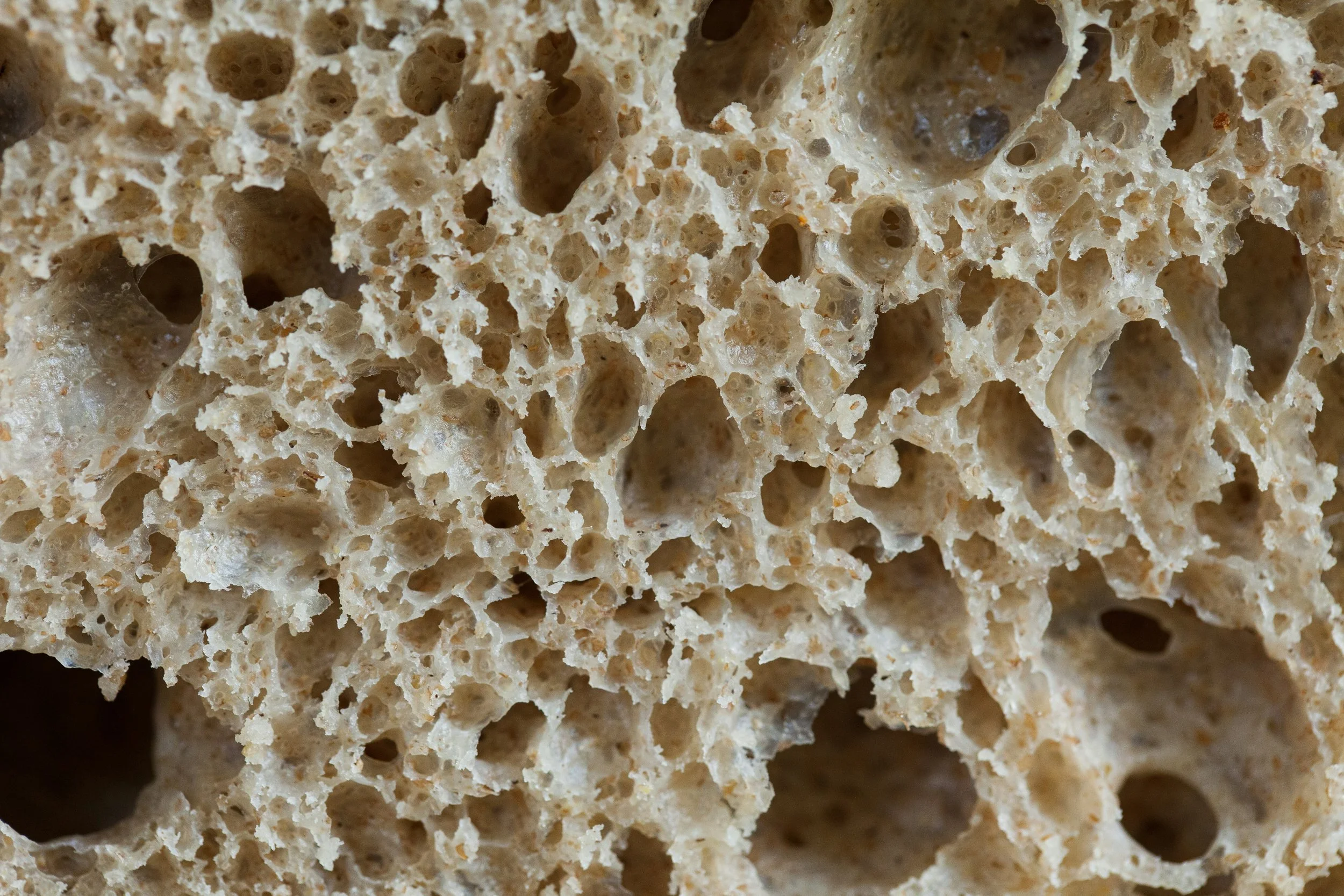Gluten - The Journey Into Our Food and beyond
1. Processed Foods and Gluten:
One significant avenue for gluten to enter our diets is through processed foods. Wheat, barley, and rye are common ingredients in a variety of processed products. These grains and their derivatives are used as thickeners, stabilizers, and emulsifiers in a wide range of items, including processed meats, soups, sauces, and even sweets. It's not uncommon to find gluten in unexpected places, such as certain types of ice cream or salad dressings.
In the world of processed foods, gluten often plays a crucial role in enhancing texture, improving shelf life, and contributing to the overall palatability of the product. For those who need to monitor their gluten intake due to health reasons, careful scrutiny of ingredient lists becomes essential.
2. Cross-Contamination in Food Preparation:
Another way gluten can find its way into our meals is through cross-contamination during food preparation. In restaurants and home kitchens alike, shared utensils, cutting boards, and cooking surfaces can lead to inadvertent gluten exposure. For example, a cutting board used to slice regular bread may carry traces of gluten, even if it's subsequently used for gluten-free ingredients.
People with celiac disease or gluten sensitivity must be particularly cautious about cross-contamination, as even small amounts of gluten can trigger adverse reactions. Establishing gluten-free zones in kitchens and using dedicated utensils for gluten-free cooking can help mitigate this risk.
3. Hidden Sources of Gluten in unexpected places:
Beyond the realm of food, gluten can hide in unexpected places. Certain medications, especially in the form of capsules or coatings, may contain gluten as a binding agent. Vitamins and supplements can also be a source of gluten. Individuals with gluten-related disorders should carefully check the labels of these products or consult with healthcare professionals to ensure their safety.
Gluten can be present in various beauty and skincare products, including but not limited to shampoos, conditioners, lotions, and cosmetics. It's often used as a binding agent, providing the desired texture and consistency. However, the presence of gluten in beauty products can pose concerns for individuals with gluten-related disorders, as the skin can absorb certain ingredients. This is an often-overlooked aspect, and individuals with gluten sensitivity should explore gluten-free alternatives in these areas as well.
Potential Risks for Gluten-Sensitive Individuals:
Skin Sensitivity: Some individuals with gluten sensitivity may experience skin reactions when using products containing gluten. This can range from redness and irritation to more severe allergic reactions.
Ingestion Risks: If gluten-containing beauty products are applied near the mouth, there is a risk of unintentional ingestion. While the amount might be small, it can still be a concern for those with celiac disease.
To avoid gluten in beauty products, carefully read ingredient labels. Look for terms like wheat germ oil, barley extract, or rye seed extract, as these indicate the presence of gluten.
Being mindful of gluten in beauty products is crucial for individuals with celiac disease or gluten sensitivity. While gluten sensitivity varies from person to person, taking proactive steps such as reading labels, choosing certified gluten-free products, and communicating with manufacturers can help create a beauty routine that aligns with individual health needs. By making informed choices, individuals can enjoy a skincare and beauty regimen that promotes both outer radiance and inner well-being.
Understanding the journey of gluten into our food involves a keen awareness of its presence in both expected and unexpected places. For those with gluten-related disorders, this awareness is vital for making informed choices and maintaining a gluten-free lifestyle. As public awareness grows, there's an increasing demand for clearer labeling and more accessible alternatives, contributing to a more inclusive approach to dietary choices.



